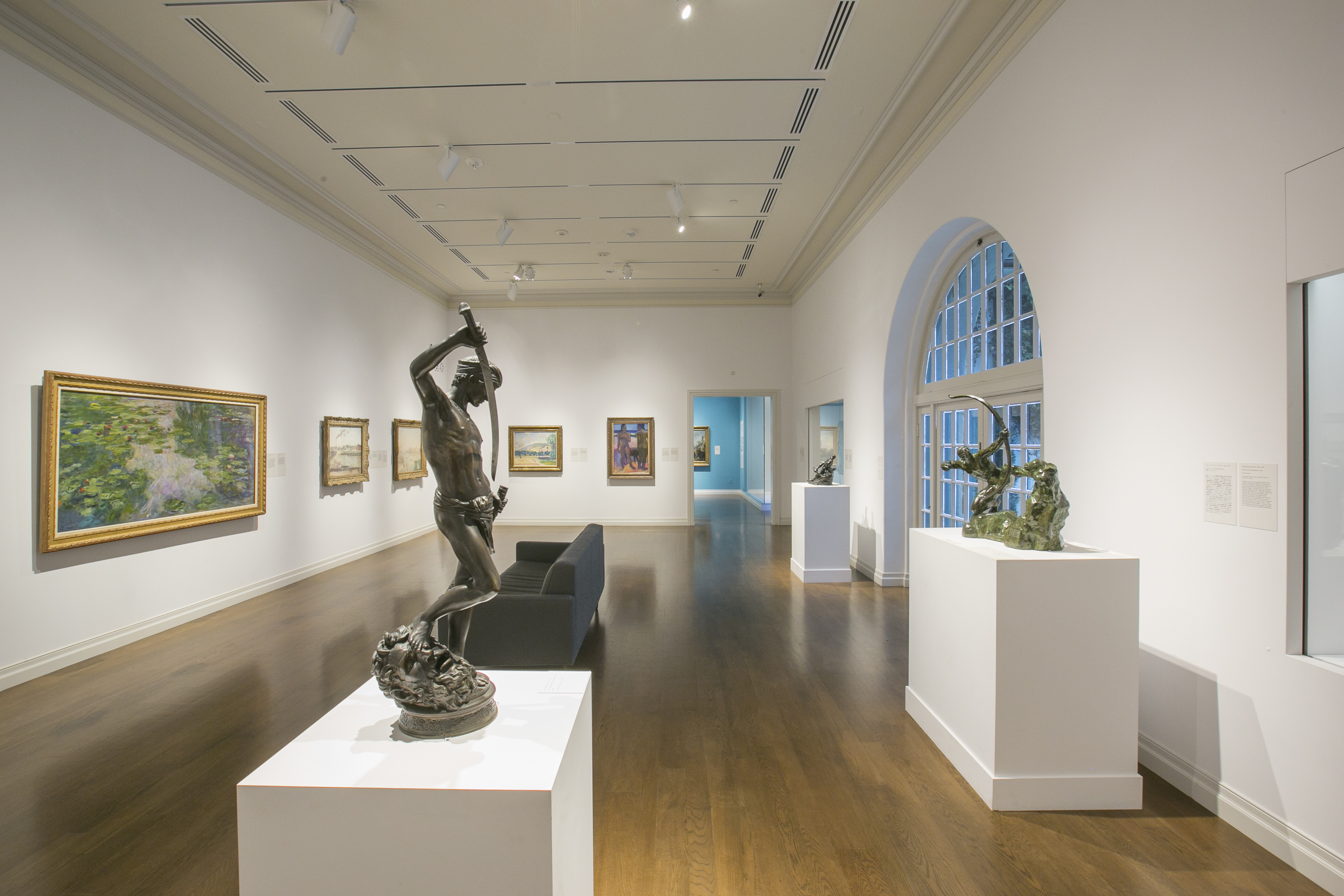|
Jerry T. Okimoto
Jerry T. Okimoto (Jerry Tsukio Okamoto, 1924–1998) was a Japanese-American painter and sculptor who was born in Waianae, Hawaii. Double image Okimoto is best known for his minimalist works consisting of several solid colored, geometrically shaped pieces of stretched canvas fitted together to form a single work. Since these works are essentially two-dimensional, they challenge the distinction between painting and sculpture. ''Double Image'' further challenges this distinction, in that it is totally abstract, but strongly suggests a vanishing point. In some of these works, the individual stretched canvases are moveable and are intended to be rearranged. He also created non-moveable minimalist sculptures (such as laminated white pine and plywood sculpture in the Hawaii State Art Museum). Along with Satoru Abe, Bumpei Akaji, Edmund Chung, Tetsuo Ochikubo, James Park, and Tadashi Sato, Okimoto was a member of the Metcalf Chateau, a group of seven Asian-American a ... [...More Info...] [...Related Items...] OR: [Wikipedia] [Google] [Baidu] |
Jerry T
Jerry may refer to: Animals * Jerry (Grand National winner), racehorse, winner of the 1840 Grand National * Jerry (St Leger winner), racehorse, winner of 1824 St Leger Stakes Arts, entertainment, and media * ''Jerry'' (film), a 2006 Indian film * "Jerry", a song from the album '' Young and Free'' by Rock Goddess * Tom and Jerry (other) People * Jerry (given name), including a list of people and fictional characters with the name * Harold A. Jerry, Jr. (1920–2001), New York politician * Thomas Jeremiah (d. 1775), commonly known simply as "Jerry", a free Negro in colonial South Carolina Places * Branche à Jerry, a tributary of the Baker River in Quebec and New Brunswick, Canada * Jerry, Washington, a community in the United States Other uses * Jerry (company) * Jerry (WWII), Allied nickname for Germans, originally from WWI but widely used in World War II * Jerry Rescue (1851), involving American slave William Henry, who called himself "Jerry" See also * Ge ... [...More Info...] [...Related Items...] OR: [Wikipedia] [Google] [Baidu] |
Honolulu Museum Of Art
The Honolulu Museum of Art (formerly the Honolulu Academy of Arts) is an art museum in Honolulu, Hawaii. The museum is the largest of its kind in the state, and was founded in 1922 by Anna Rice Cooke. The museum has one of the largest single collections of Asian and Pan-Pacific art in the United States, and since its official opening on April 8, 1927, its collections have grown to more than 55,000 works of art. Description The Honolulu Museum of Art was called “the finest small museum in the United Statesˮ by J. Carter Brown, director of the National Gallery of Art from 1969 to 1992. In addition to an internationally renowned permanent collection, the museum houses innovative exhibitions, an art school, an independent art house theatre, a café and a museum shop. In 2011, The Contemporary Museum gifted its assets and collection to the Honolulu Academy of Arts; in 2012, the combined museum changed its name to the Honolulu Museum of Art. The museum is accredited by the America ... [...More Info...] [...Related Items...] OR: [Wikipedia] [Google] [Baidu] |
People From Oahu
A person ( : people) is a being that has certain capacities or attributes such as reason, morality, consciousness or self-consciousness, and being a part of a culturally established form of social relations such as kinship, ownership of property, or legal responsibility. The defining features of personhood and, consequently, what makes a person count as a person, differ widely among cultures and contexts. In addition to the question of personhood, of what makes a being count as a person to begin with, there are further questions about personal identity and self: both about what makes any particular person that particular person instead of another, and about what makes a person at one time the same person as they were or will be at another time despite any intervening changes. The plural form "people" is often used to refer to an entire nation or ethnic group (as in "a people"), and this was the original meaning of the word; it subsequently acquired its use as a plural form of ... [...More Info...] [...Related Items...] OR: [Wikipedia] [Google] [Baidu] |

_1938.jpg)